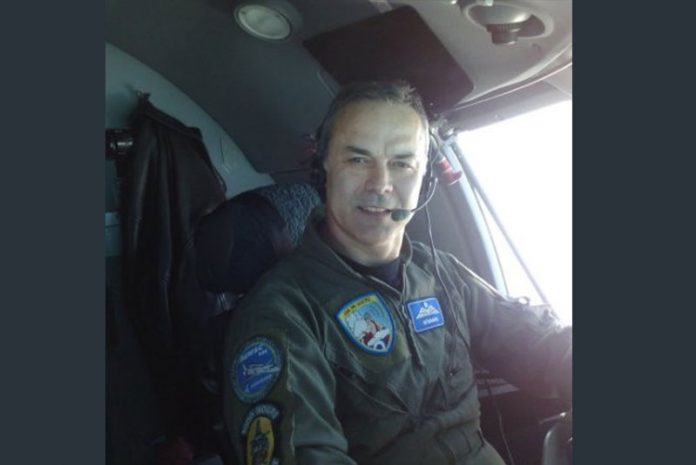
The electronic support mission performed by Airborne Early Warning (AEW) aircraft is often overlooked. AEW and tactical datalinks expert Athanasios Chouliaras shared his thoughts on how this mission could evolve.
AEW aircraft use Electronic Support Measures (ESMs) to detect, locate and identify friendly and hostile ground-based, naval and airborne radars to associate them with specific platforms. This not only helps to build an accurate electronic Order-of-Battle (ORBAT) of friendly and hostile forces, but enables the early detection of threats. For comparison, Condor Systems’ AN/AYR-1 Electronic Support Measure (ESM) outfitting the Boeing E-3 Sentry series of AEW aircraft can detect threats transmitting in a two gigahertz/GHz to 18GHz waveband at ranges of circa 300 nautical miles/nm (556 kilometres/km): The E-3 series’ Northrop Grumman AN/APY-1/2 S-band (2.3GHz to 2.5GHz/2.7GHz to 3.7GHz) AEW radar meanwhile has an instrumented range of 216nm (400km). The early warning implications of this ESM’s performance are thus clear.
Mr. Chouliaras believes it is essential that AEW ESM technology evolves to ensure it remains abreast of emerging threats. He stresses the need to employ “modern digital receivers” which provide more accurate radar detection, location and identification data compared to some current AEW ESMs. Allied to this is the need for integrated ESMs to perform fast multi-emitter data processing, and intra-pulse analysis. Given that contemporary radars employ a myriad of low probability of detection/identification techniques to mask their transmissions such pulse-by-pulse analysis will help to build a clear picture of a radar’s location and identity from seemingly disparate transmissions. Such approaches will be helped in no small measure, Mr. Chouliaras posits, by the employment of powerful processors and spectrum analysers.
AEW ESMs will have to perform these tasks in increasingly dense electromagnetic environments. The global increase expected in civilian and military radar proliferation, not to mention the growing civilian reliance on the spectrum for the carriage of wireless IP (Internet Protocol) traffic provide an ever-increasing deluge of noise in which the signal of interest can hide. Mr. Chouliaras emphasises that ESMs must be capable of working efficiently in such an environment. He continues that AEW ESMs should also be capable of gathering communications intelligence to separate these emissions from radar signals. This would mean that the ESM can “exploit and record the data separately for each category.”
Other imperatives include the ability of ESMs to accurately record data for post-mission analysis; an important consideration when a specific signal has not been programmed into the aircraft’s ESM library, and may indicate a new emitter in the aircraft’s locale. Equally important is the ability of the electronic support measure to share its tactical information with the AEW aircraft’s mission systems and with other airborne and ground-based participants in a Tactical Datalink (TDL) network whom depend upon a timely and accurate electronic ORBAT. He states that the ability to clearly visualise emitter characteristics fused with AEW radar track information will improve the situational awareness of the AEW mission systems operators, and participants in the air battle, yet further. All the networked participants should also be able to easily access such information on an integrated network. Cloud computing may be one mechanism to achieve this, particularly given the data rate limitations of TDLs such as the North Atlantic Treaty Organisation’s Link-16. This typically handles data at rates of between 31.6 kilobits-per-second (kbps) and 115.2kbps.
Since AEW aircraft first began to be used en masse with the advent of the US Navy and US Air Force Lockheed EC-121 Warning Star series planes from 1954 onwards, the mission has evolved continuously as technology has increased in sophistication. Ensuring that the ESMs equipping AEW aircraft are as capable as possible will help this mission to grow in precision, accuracy and relevance in the coming years.












